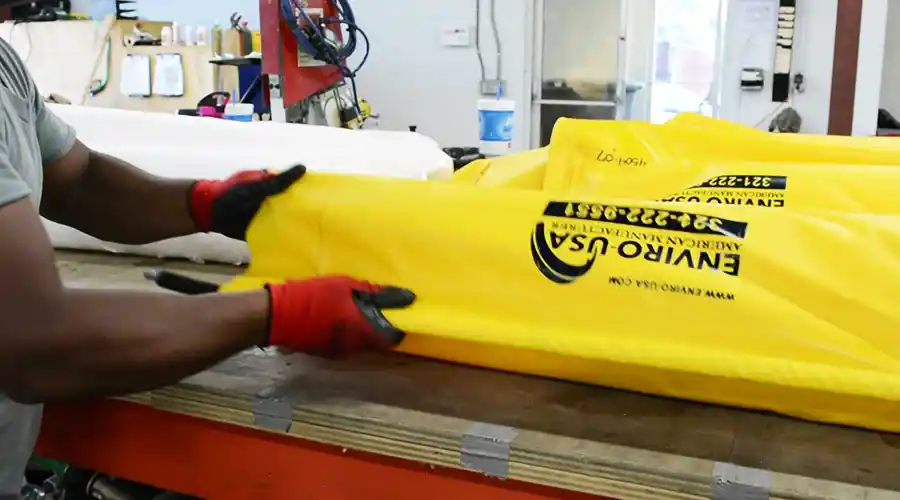Booms are among the most effective ways to contain and concentrating floating oil prior to removal by specialized skimmers. However, there are a number of factors to consider, and limitations understood in order to run an efficient cleanup operation in the event of oil spills. Spill of low viscosity oil such as light or medium crude oil can spread over a large area in a few hours. In addition to containment equipment such as booms and skimmers, an entire containment and recovery operation at sea require extensive logistical support using aircraft equipped with air to sea communications.
Booms for effective containment operations
When it comes to oil containment and recovery it is essential to select equipment based on the type of oil and prevailing weather and sea conditions. Booms and skimmers need to be deployed in areas with the heaviest oil concentrations to reduce the chance of oil reaching shorelines and sensitive resources. Even during cleaning up operations, constant evaluation of the equipment used needs to be conducted. In many operations the types of skimmers and pumps used need frequent changing.
The basics of boom design
While booms play an integral role in containing oil spills, there are a variety of designs suited for different environments. Basic boom design includes a freeboard to prevent and reduce any splashover of oil and water. It also features a sub-surface skirt to prevent the escape of and a floatation device made from a buoyant material. Booms also come with a longitudinal tension member of chain or wire that helps maintain the structure of the boom and its ability to withstand strong winds, currents, and waves. It also acts as a ballast to keep the boom upright during operation.
Type of booms
Booms range from small, lightweight models that are suitable for manual deployment in harbors to large units that require the use of cranes and large vessels to operate then efficiently. Large booms are designed for deployment in the open sea. The most important feature of a boom is its oil containment and deflection capabilities. Booms need to be rigid enough to retain the maximum amount of oil and at the same time require flexibility to conform to wave motion. The speed limit at which they can be towed is less than 0.5 knots since they cannot contain oil against currents greater than 0.7 knots at right angles to the boom. Other characteristics to consider are ease of deployment, weight, strength, reliability and cost. A number of manufacturers specialize in a wide range of booms that includes all these characteristics and are designed for use in different conditions.
Booms need to be robust in order to withstand handling even by untrained personnel. They must also possess enough strength to withstand the forces of water and wind. Most importantly, they must be easy to deploy in the least amount of time. Specialized vessels are usually required to tow booms in U or J configurations at sea. Many specialized ships have been built with sweeping arms and skimming devices in order to operate multiple boom systems.


